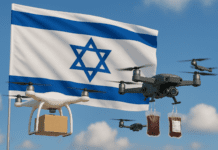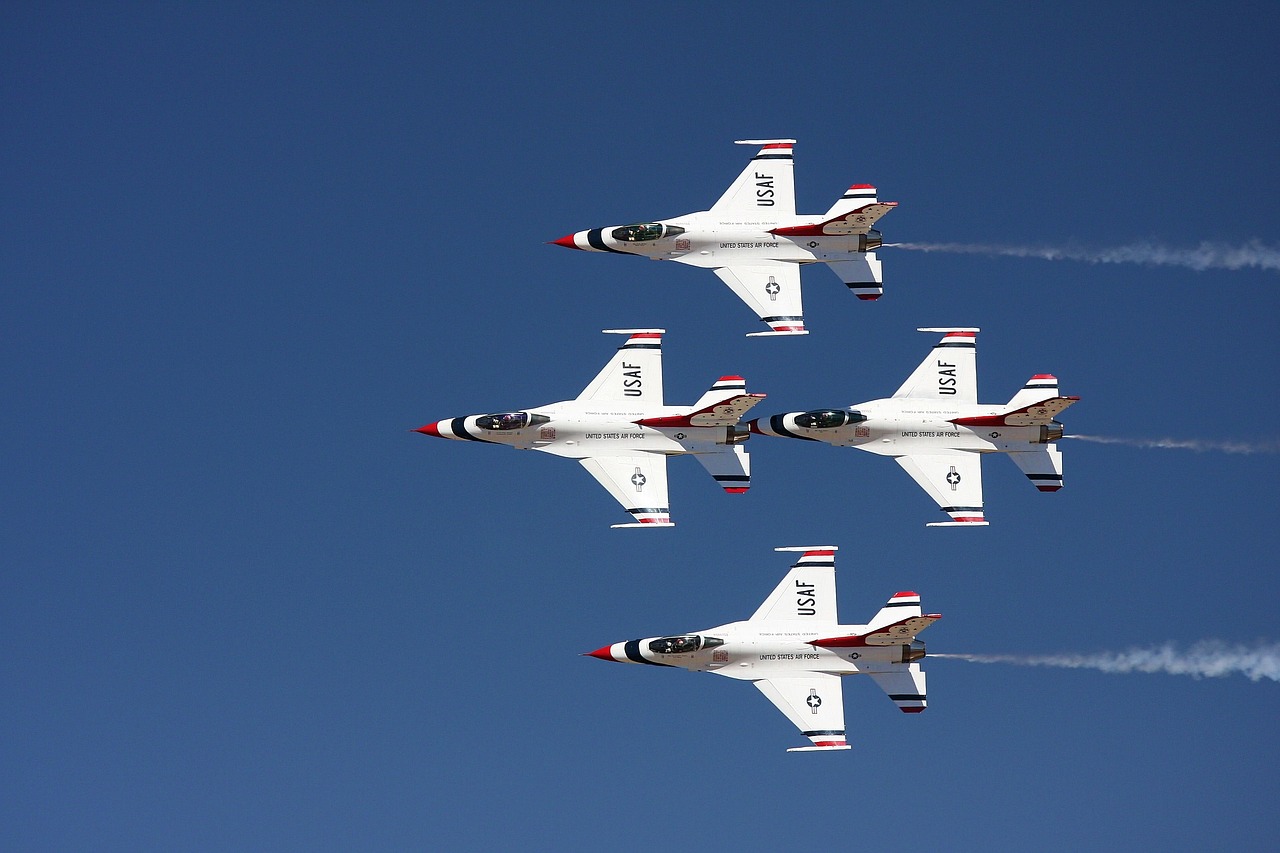This post is also available in:
 עברית (Hebrew)
עברית (Hebrew)
Satellite images orbiting overhead are no longer confined to mapmaking or weather forecasting. A major shift is underway in Europe, as large volumes of Earth‑observation (EO) data are being repurposed to address public health, disaster response and environmental challenges.
One standout initiative is the Early Warning System for Mosquito-Borne Diseases (EYWA), which taps high-resolution satellite imagery to detect potential mosquito breeding grounds. The project alerts local authorities in advance, enabling preventative action before outbreaks occur. The system already covers approximately 30 million people across endemic regions—from southern Europe to parts of Africa.
The more general push is represented by the European Group on Earth Observations (EuroGEO), the European pillar of the global GEO network. EuroGEO brings together labs, industry, and government agencies to streamline the flow of satellite data into real-world applications. Recent successes include rapid flood‑monitoring support during the 2024 Central Europe floods, where satellite-derived information alerted to the need for early evacuations and resource deployment.
At the core of this effort is the recognition that while satellites collect more than 100 terabytes of data each day via programmes such as Copernicus, the challenge lies in turning this flood into actionable insight for decision‑makers on the ground. EuroGEO’s “co-design” approach addresses this gap by involving end‑users—such as public‑health officials and municipal planners—from the outset, ensuring that tools are relevant and deployable.
According to the Innovation News Network, through coordinated efforts and shared cloud-based infrastructure, EuroGEO’s roadmap for 2025 aims to simplify access to EO data and enable municipalities, hospitals, and other stakeholders to use the same information previously reserved for national agencies. Ultimately, the goal is to embed satellite-driven services into everyday operations—not just pilot projects—under a unified framework labelled #OneEuroGEO.
From automated detection of mosquito habitats to flood forecasting and beyond, these efforts underline a growing reality: satellites aren’t just watching Earth—they’re informing how we can protect it.
The research was published in Horizon, the EU Research and Innovation Magazine.


























